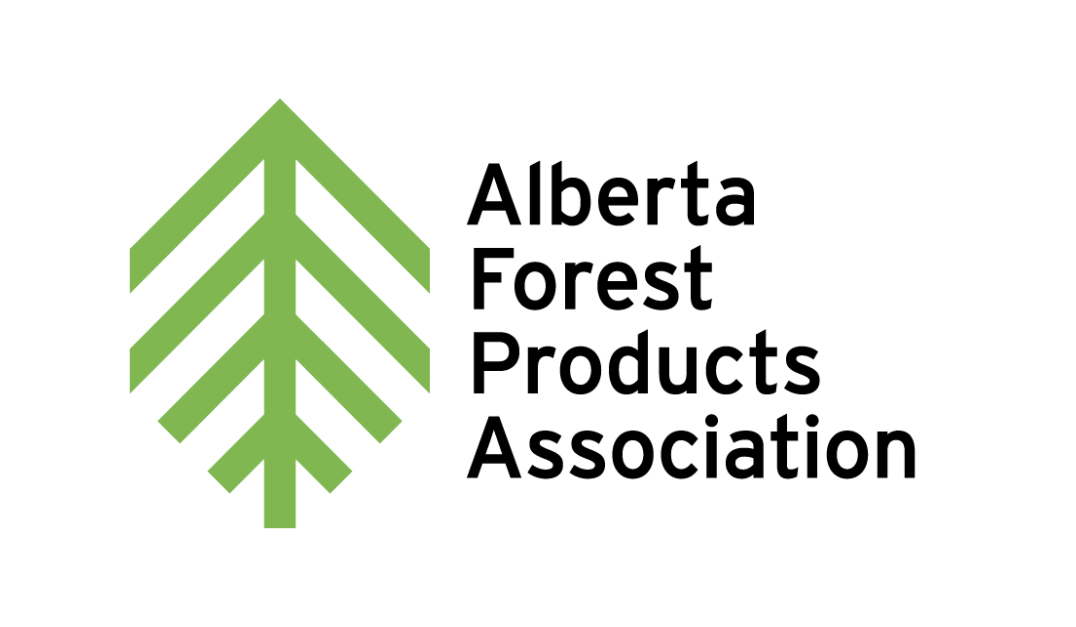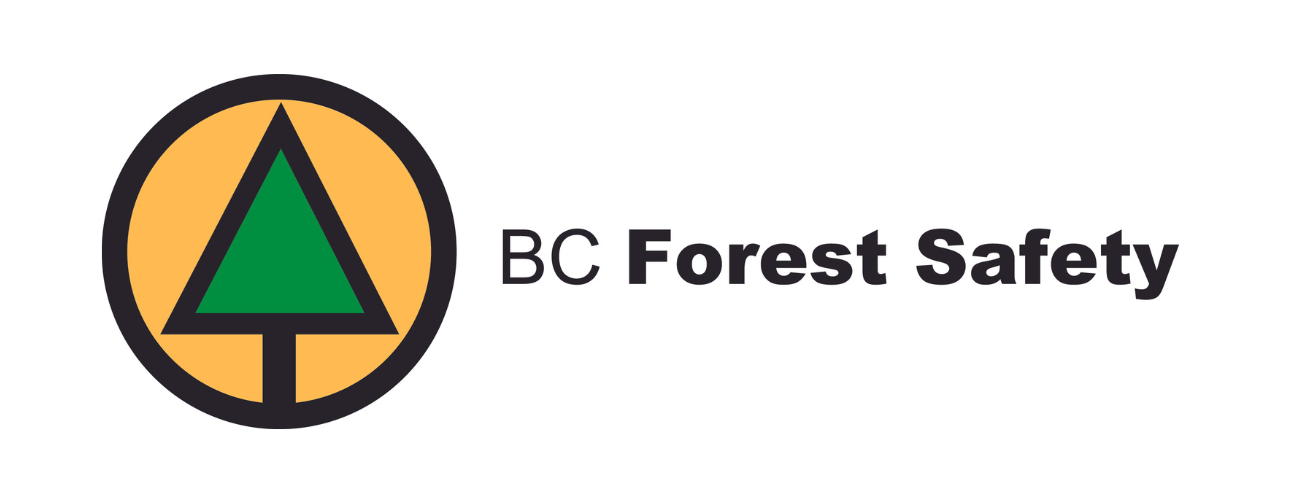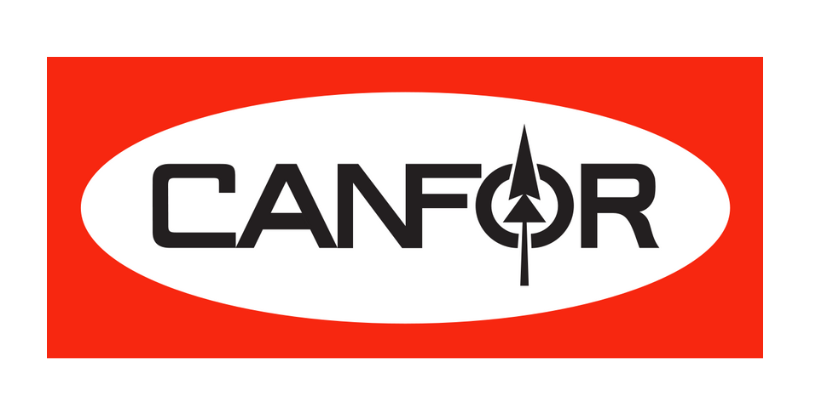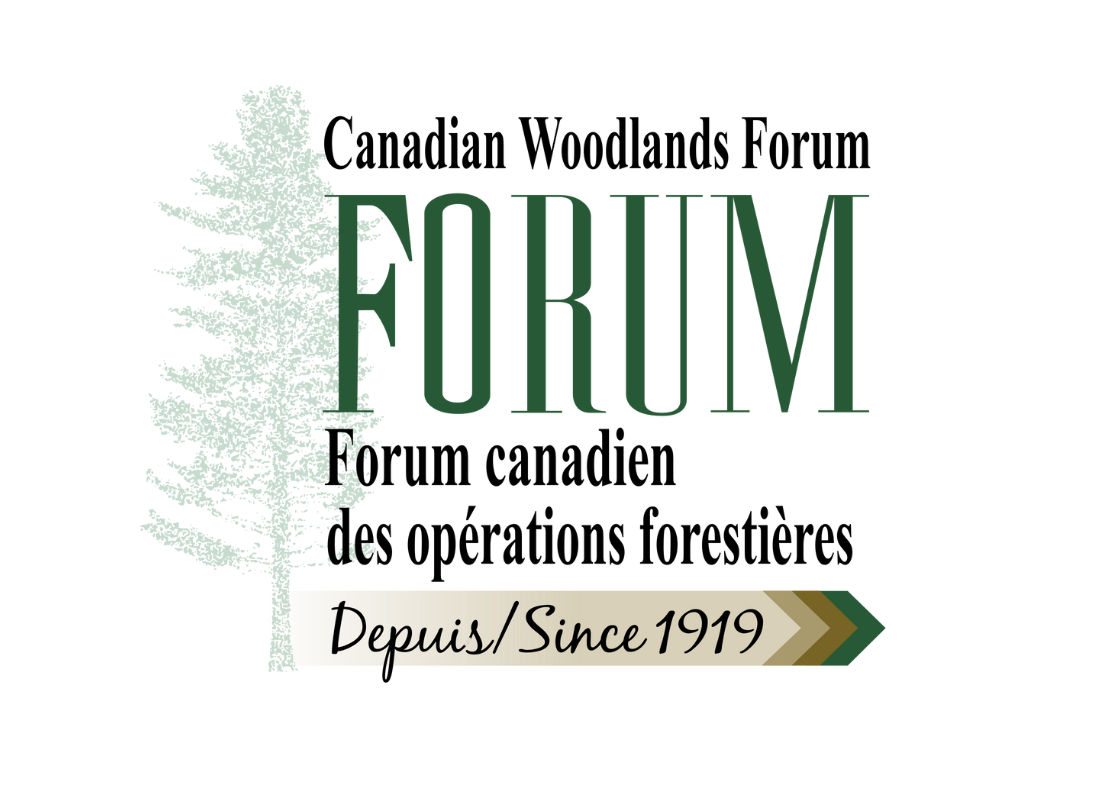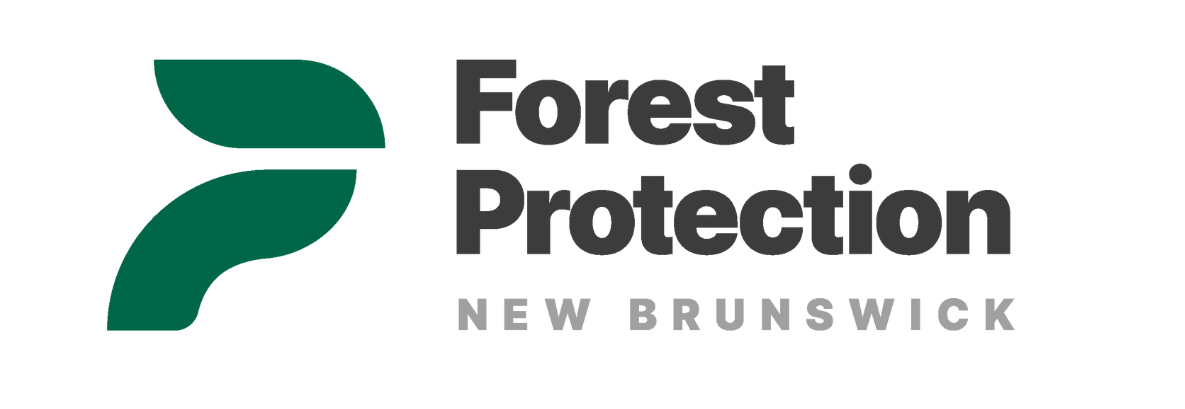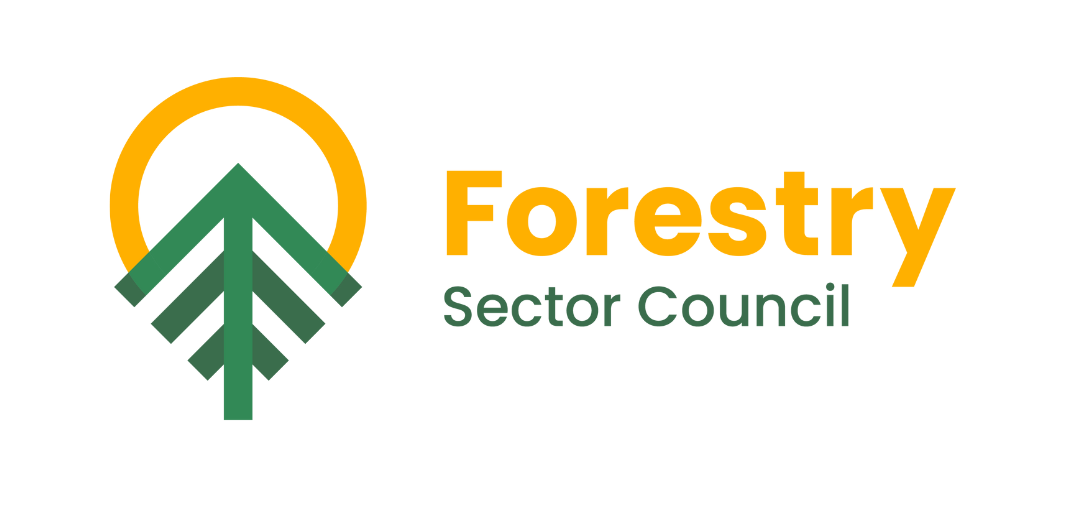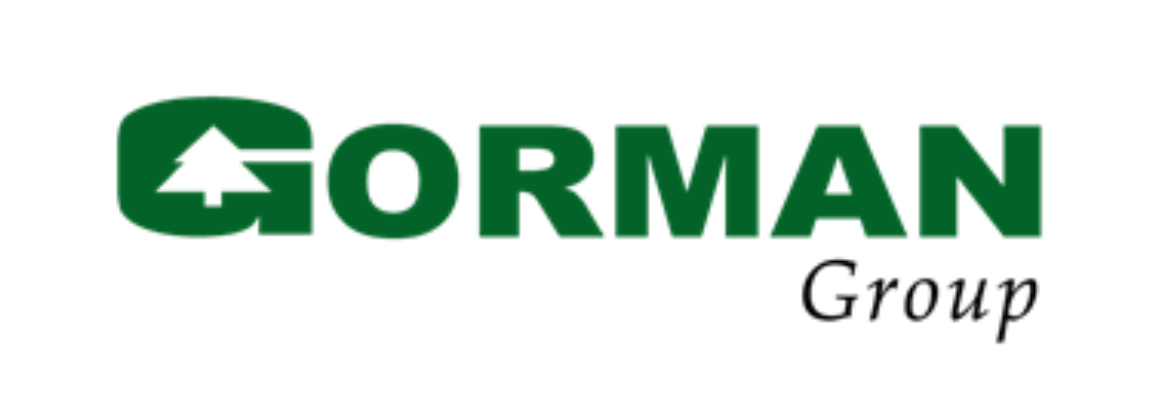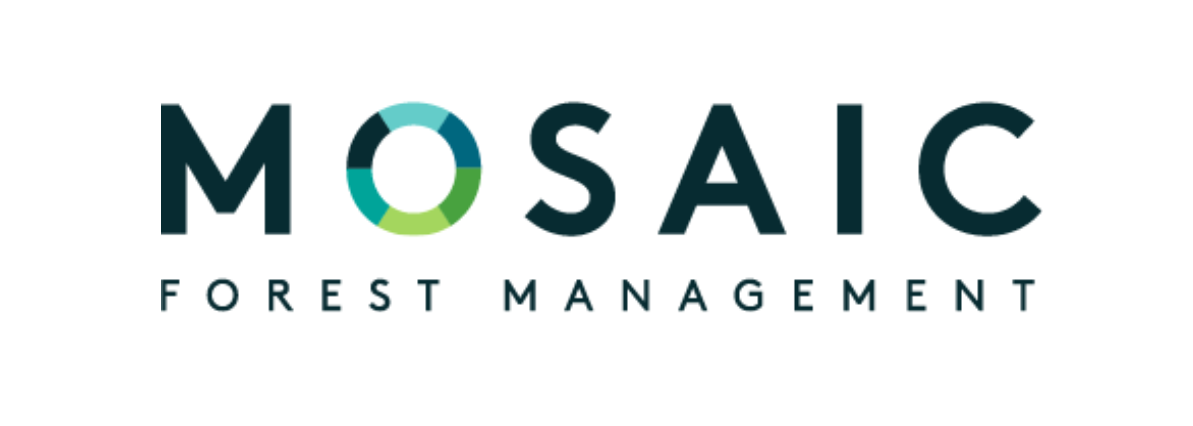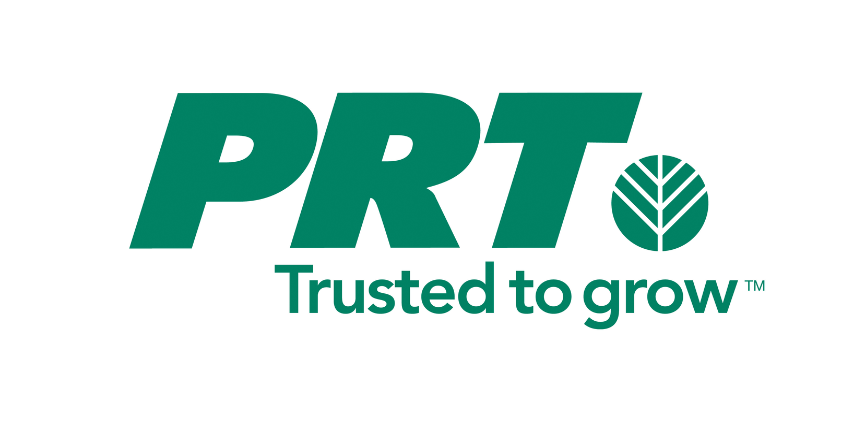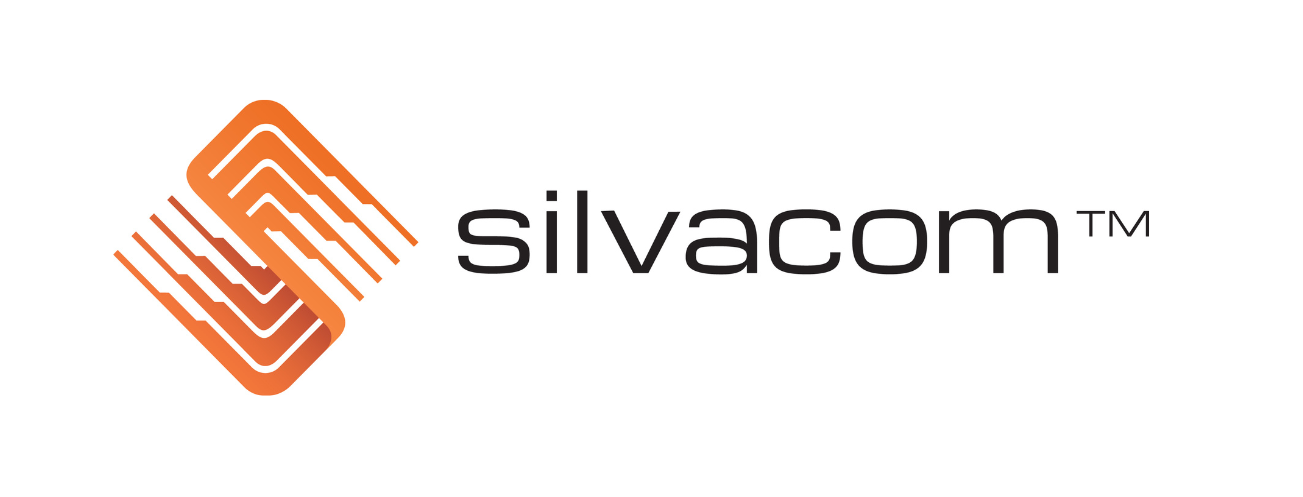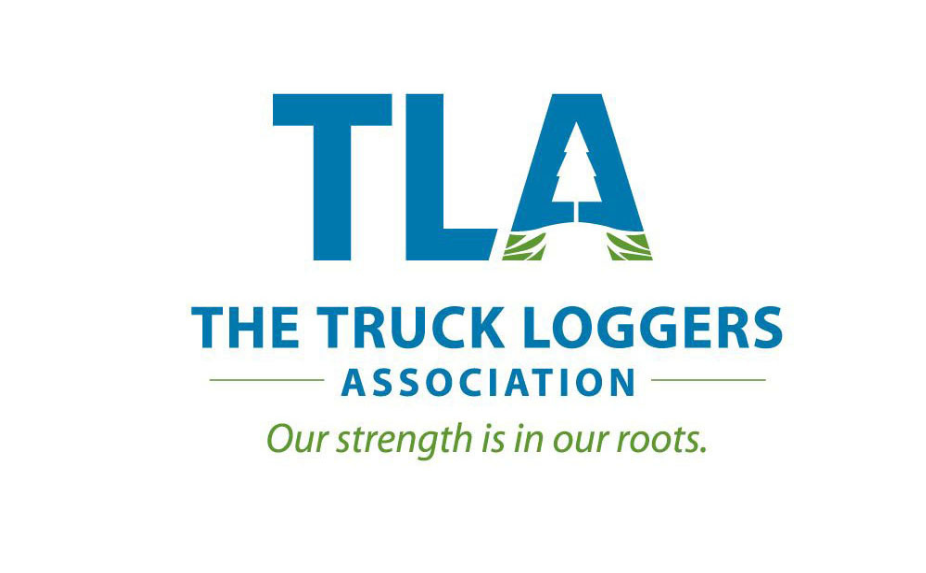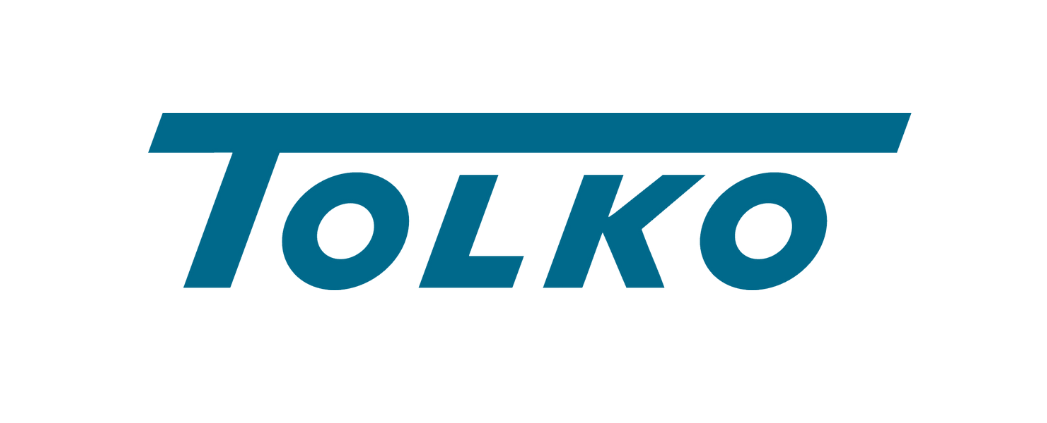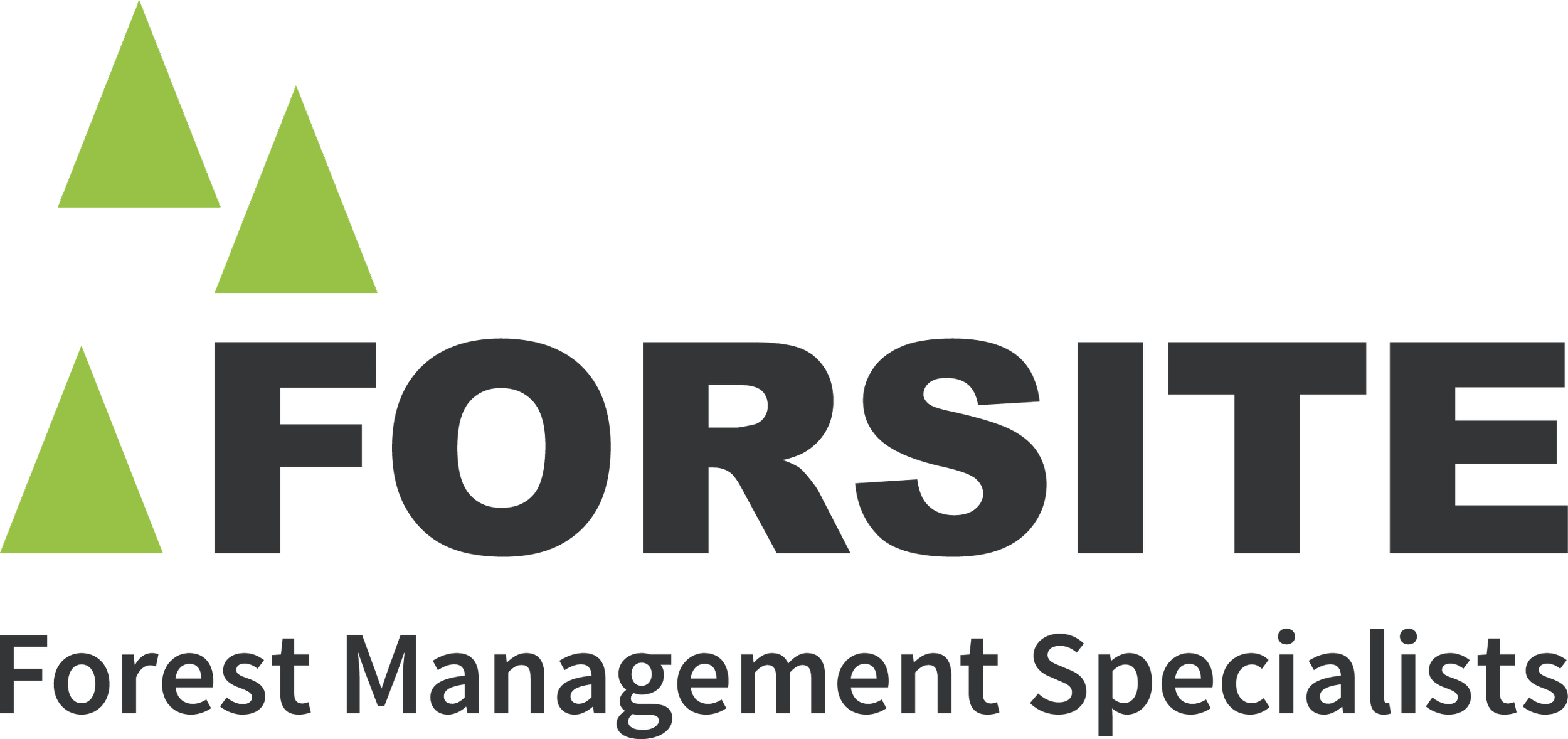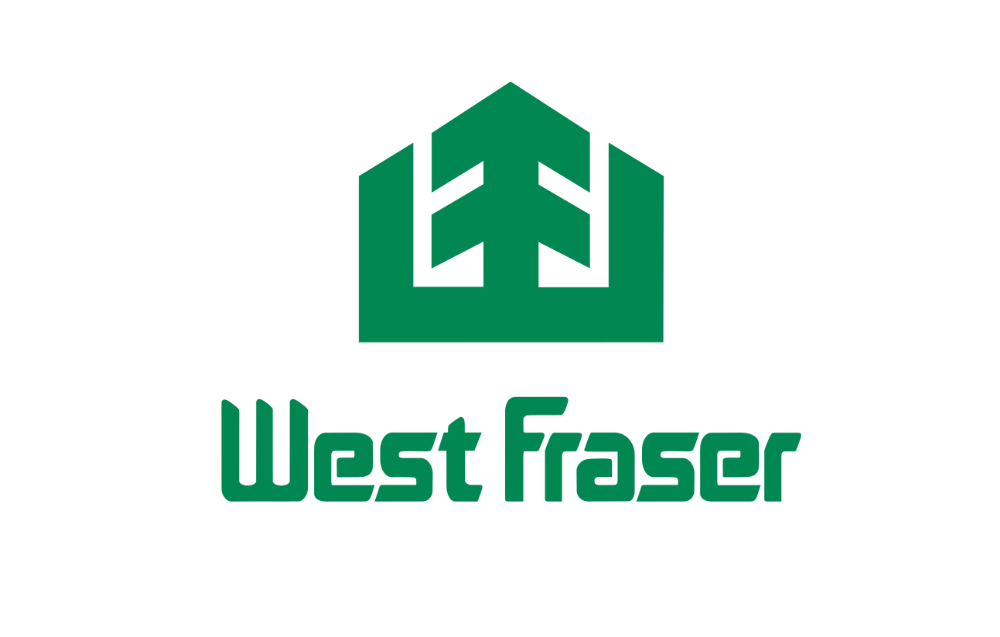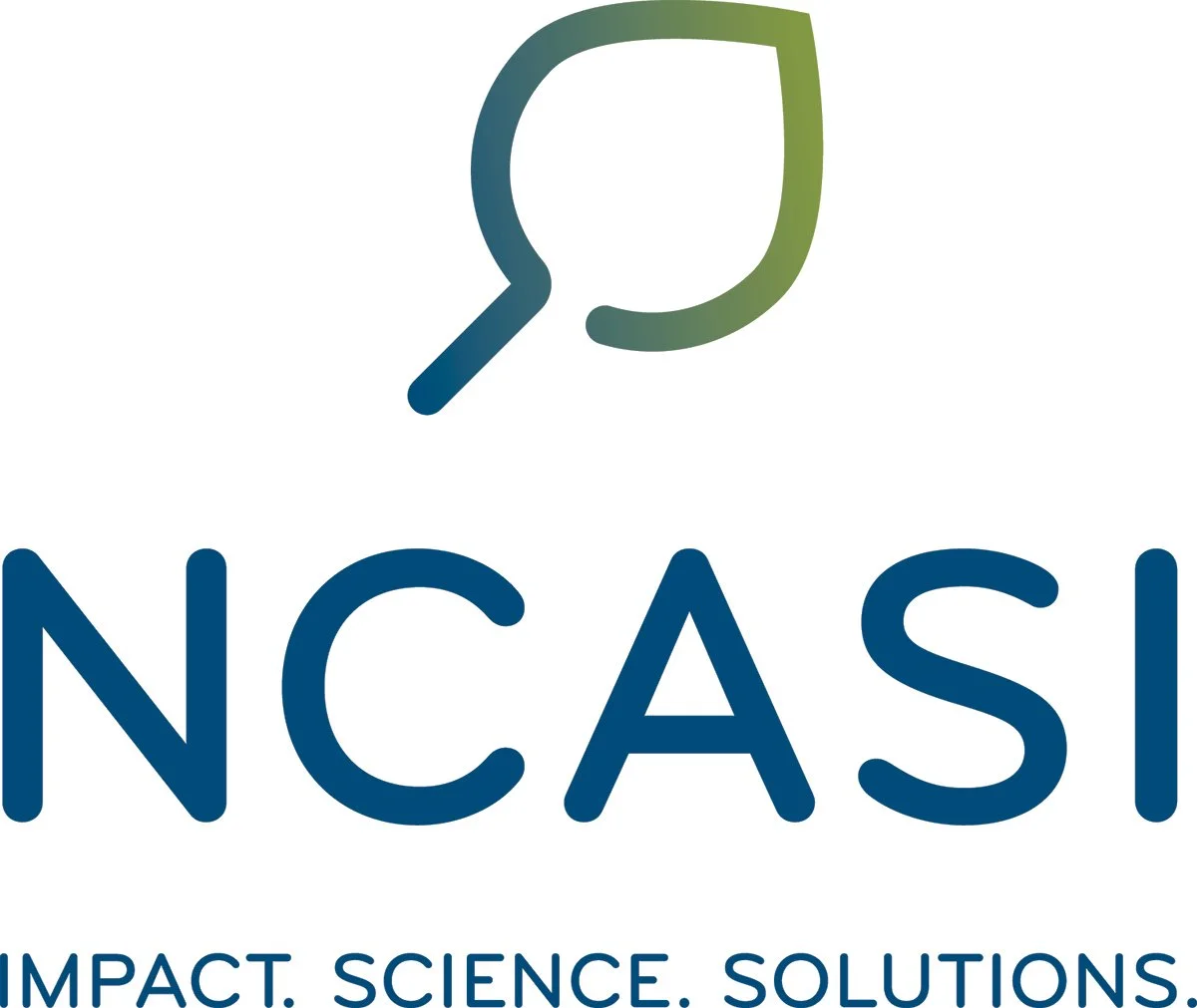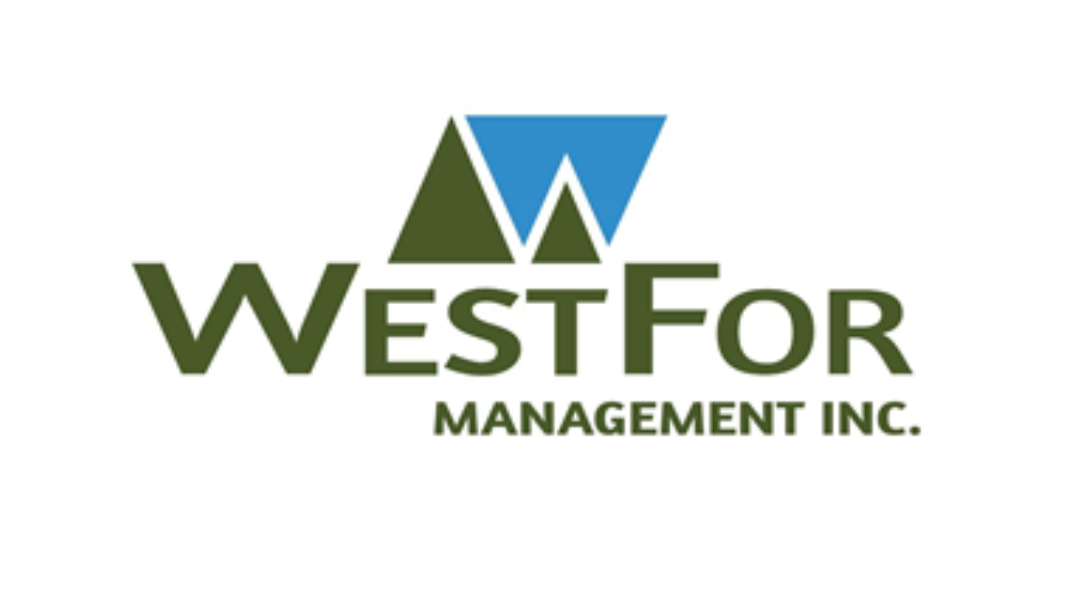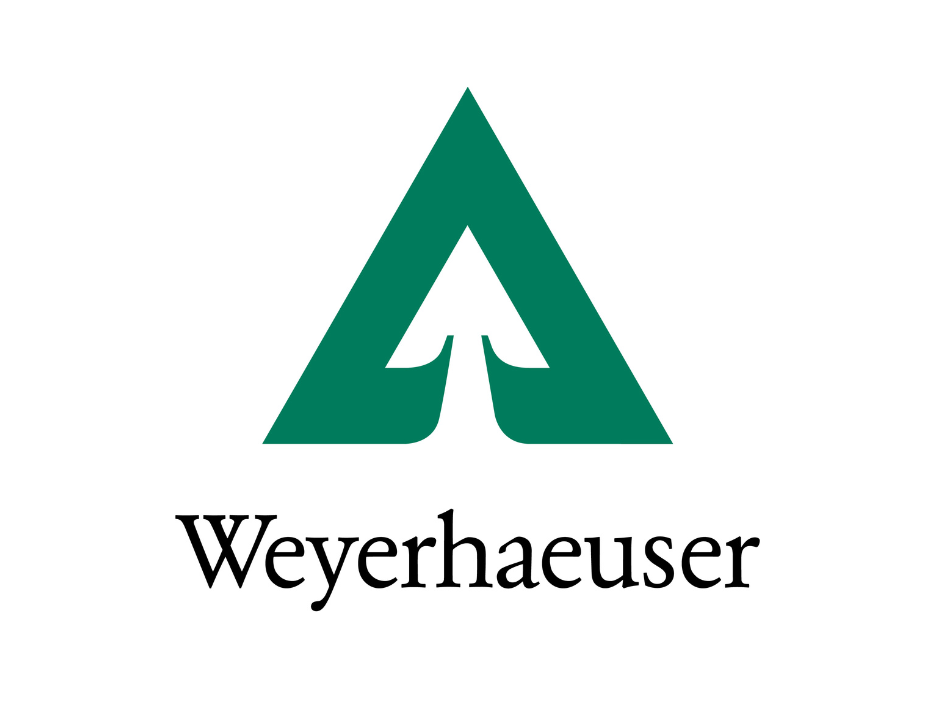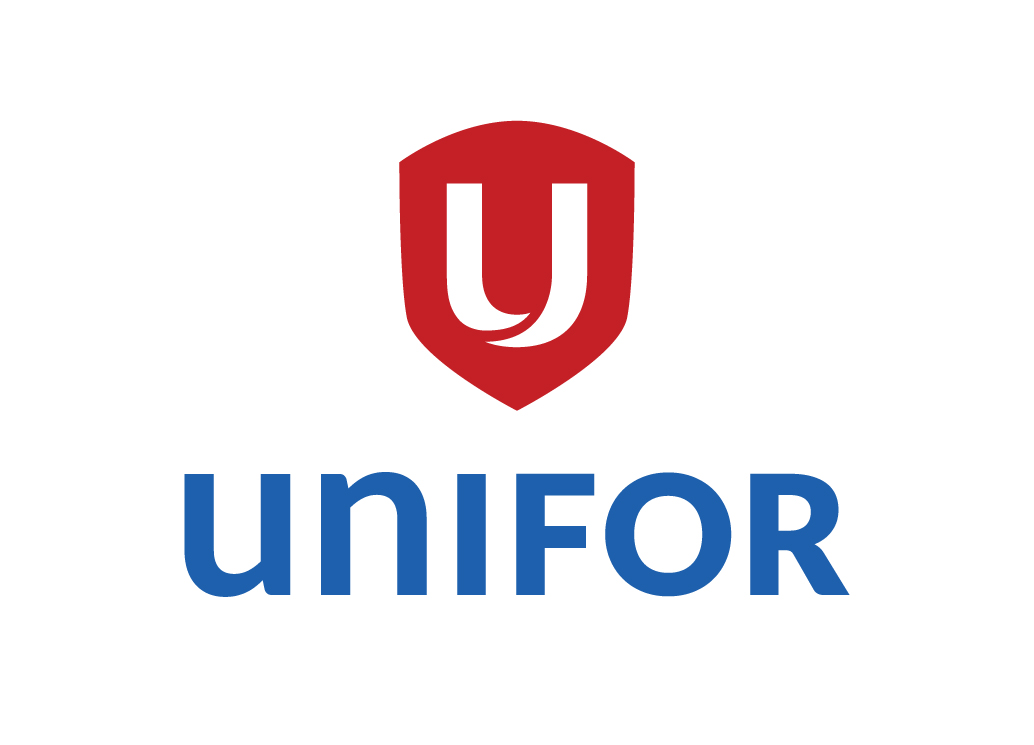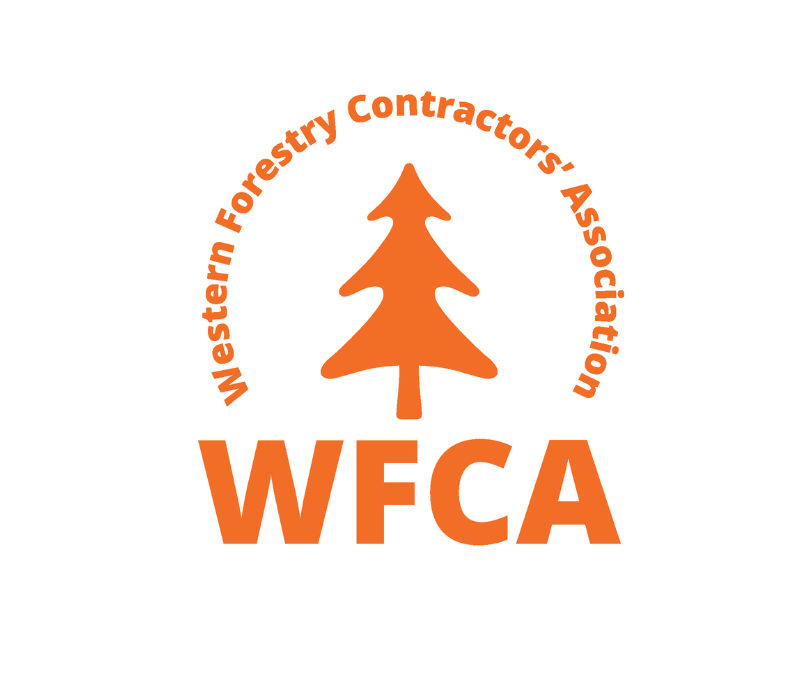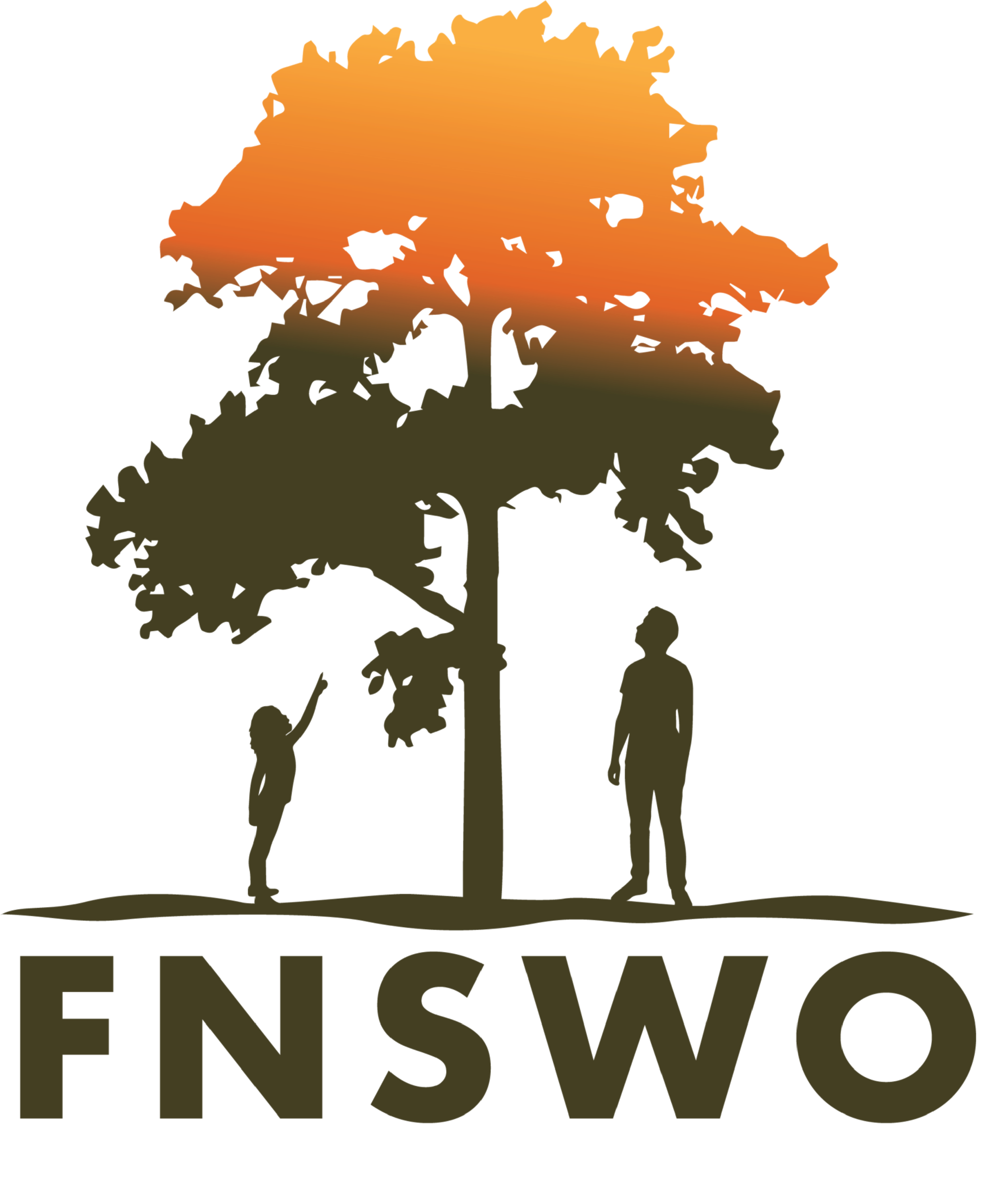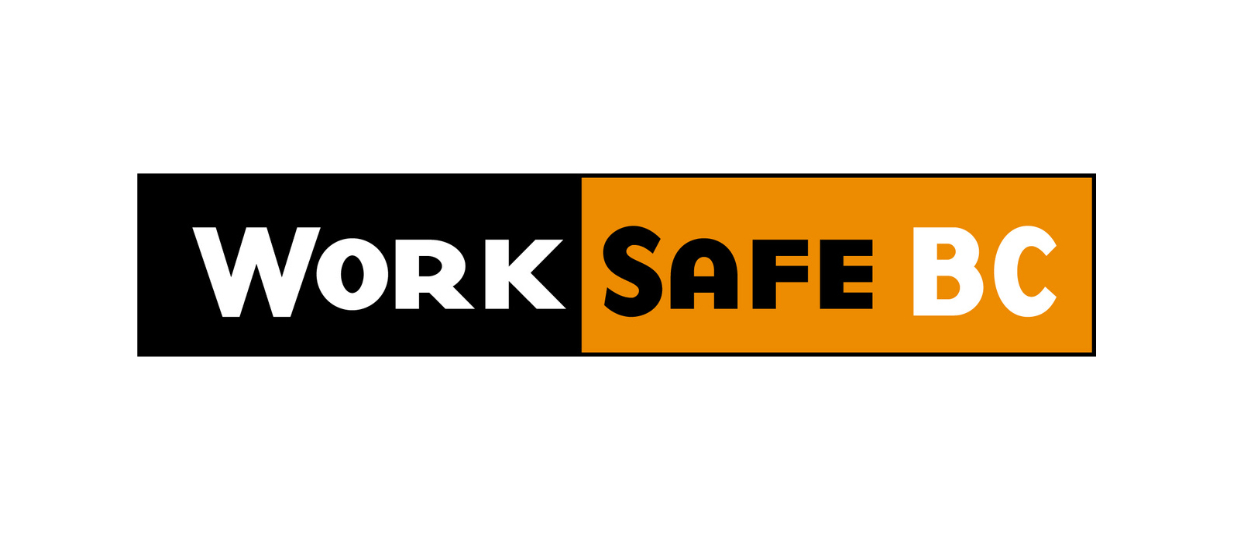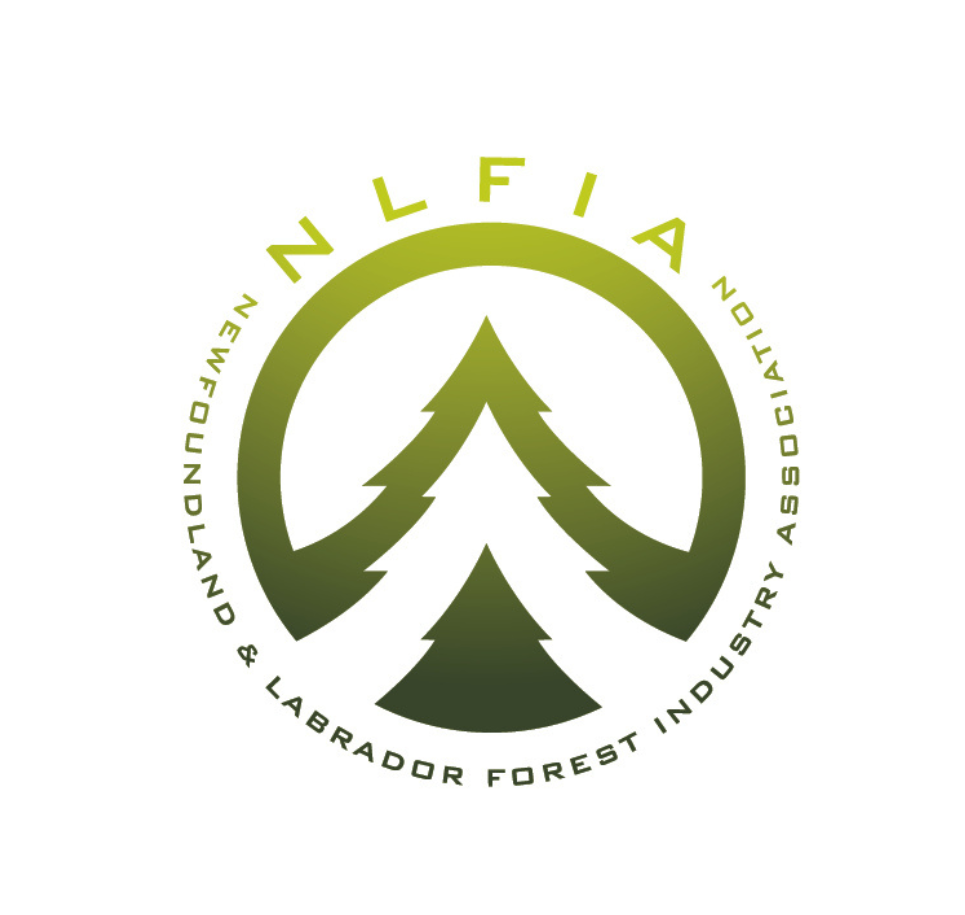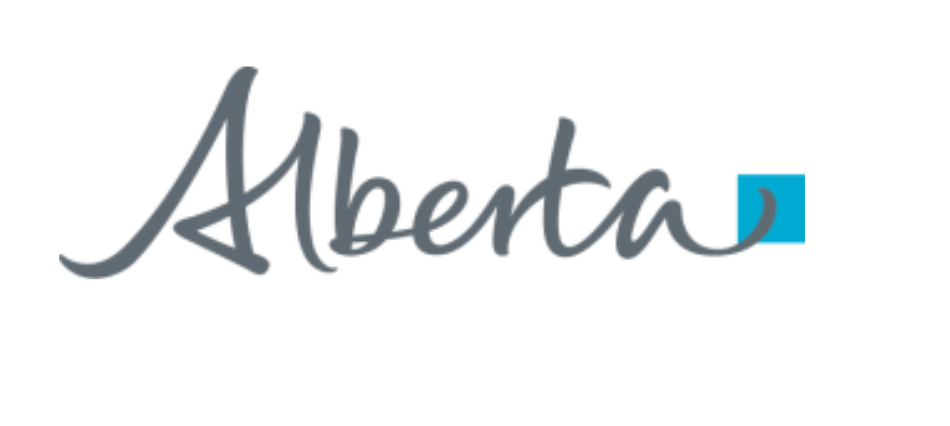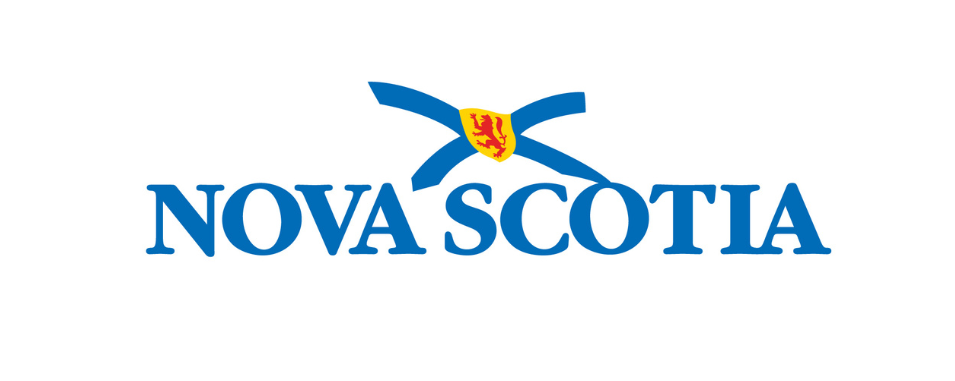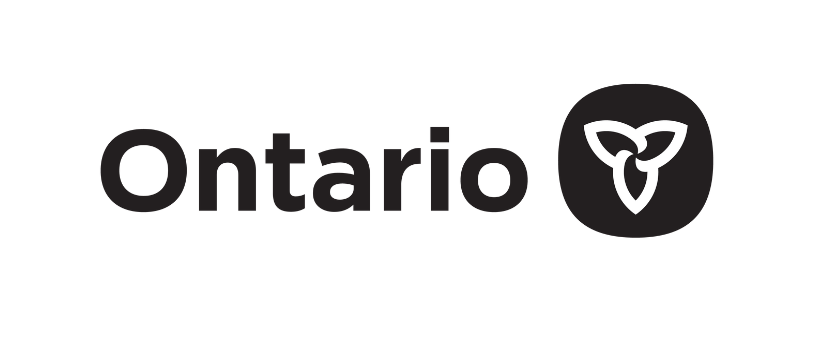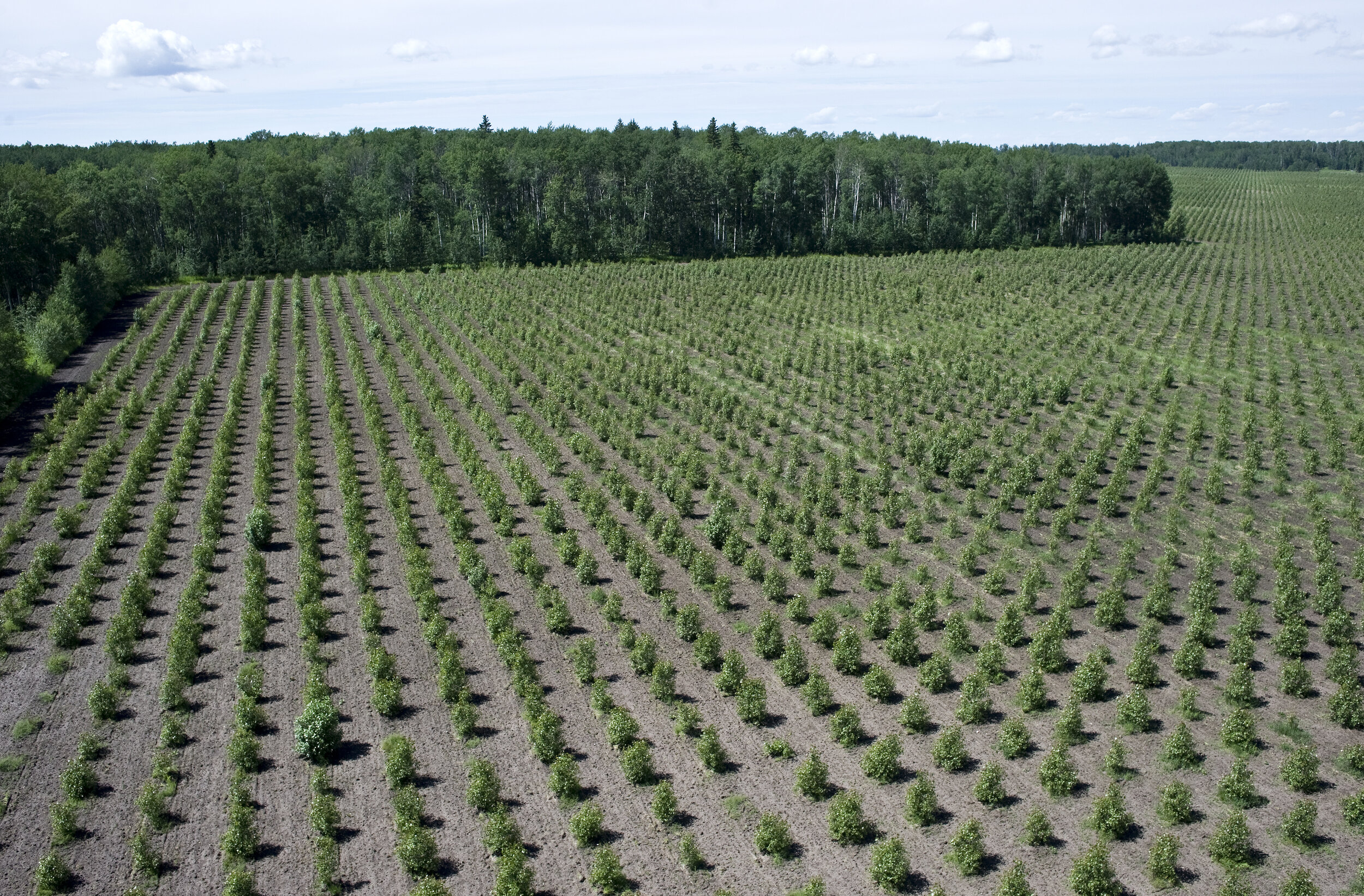
OUR STORY

Free to Grow in Forestry is an unprecedented collaboration that was launched to make unprecedented progress.
And it’s about time.
Organizations and institutions from the Canadian forest products sector from coast to coast to coast have come together with one vision. We're working to achieve gender equality and the meaningful inclusion of women, Indigenous peoples, and new Canadians at all levels, from technical to executive-level positions within the sector.
Gender equality is incredibly important, but did you know that it's vital to the forest sector's continued success? It has the potential to strengthen the sector and make it more profitable and productive. Working together to transform workplace culture is good for the bottom line.
Gender equality is not only good for society, it's good for business. It's also vital to the forest sector's continued success. It has the potential to strengthen the sector to make it more profitable and productive - from head offices to mills and through the supply chain as well. Working together to transform workplace culture is good for the bottom line.
Why did you choose the phrase ‘Free To Grow’? This phrase resonates on a couple of levels for this initiative:
It’s a term we use in forestry when the forest renewal stage has reached a level where it no longer needs human intervention and the forest is considered “free to grow” naturally.
It also implies that everyone who enters this sector is “free to grow” to reach their full potential in their professional development, no matter what their position, culture or gender is.
Join the Free to Grow in Forestry Movement (2023).
Initial project video launched in 2018.
Free to Grow video launched in 2020 in celebration of #GenderEqualityWeek and #NationalForestWeek.
Partners & Collaborators
Committed to the Movement
Free to Grow in Forestry Movement Supporters
-
Forest Stewardship Council Canada
Forsite Consultants Ltd.
Immigrate Software Inc.
NCASI
Unifor
Phase 2 (2021-2024) Collaborators & Supporters
Phase 1 (2018-2021) Collaborators
-
Université de Moncton, Campus d’Edmundston, École de foresterie
Government of Canada
-
This project has been funded by Women and Gender Equality Canada
FAQs
What is the issue?
The forest sector is currently primed for growth with the emergence of innovation and employment opportunities. A huge opportunity exists to transform the workforce. Our campaign is focused on achieving gender equality and meaningful inclusion across all levels of the Canadian forest sector.
Our main focus areas are highlighted in our three pillars:
Building the evidence based: Analyzing data to identify how we can advance gender equality in the Canadian forest sector.
Fostering an inclusive culture: Advocating for the retention and advancement of women in the forest sector. We will be developing best practices for groups and companies to affect meaningful change in their workplaces.
Repositioning the sector: Targeting communication campaigns to attract a more diverse workforce to the forest sector.
Who can I contact if I want to be involved?
If you have any additional questions, or want to be further involved please contact freetogrowinforestry@cif-ifc.org
Why is this an issue?
Statistics Canada reveals that the forest sector currently employs 17% women, 9% visible minorities, 7% Indigenous peoples, and 12% immigrants. Research shows that organizations with a diverse and inclusive culture perform better and develop more innovative solutions, which benefits the company and its employees.
How can I get involved?
Great! Thanks for wanting to push for gender equity within the Canadian forest sector. Here are a couple ways you can get involved:
Follow us on social media (Twitter, Facebook, Instagram, and LinkedIn).
Spread the word by sharing the Free To Grow campaign graphics. Download the graphics here, and share to your Facebook, Instagram, or Twitter feeds using the hashtag #ForestryForward.
Share statistics and facts within your personal and professional networks.
Join our mailing list, to stay connected and up to date on how we are advancing gender equity in the forest sector.
The more people who learn about Free To Grow, the larger impact we’ll make!
What work has been done already?
The forest sector is already a great field to work and grow in. For years, it has been defined by innovation, economic prosperity, technological advancements, and environmental practices. Now, we are continuing to work towards a more inclusive workforce.
In recent years, more women have held director positions in companies in the forest products and paper sector, with the rates rising from 5% in 2016 to 20% in 2019, according to Osler’s 2019 Diversity Disclosure Practices report. It’s no question that while strides are being made, there’s more work to be done to make sure there’s room for everyone in forestry.
Who is involved with this campaign?
This campaign is a collaboration spearheaded by the Canadian Institute of Forestry and the Centre for Social Intelligence. We receive further guidance and support from our National Steering Committee of forest sector leaders. Our full list of partners and committee members is above.



